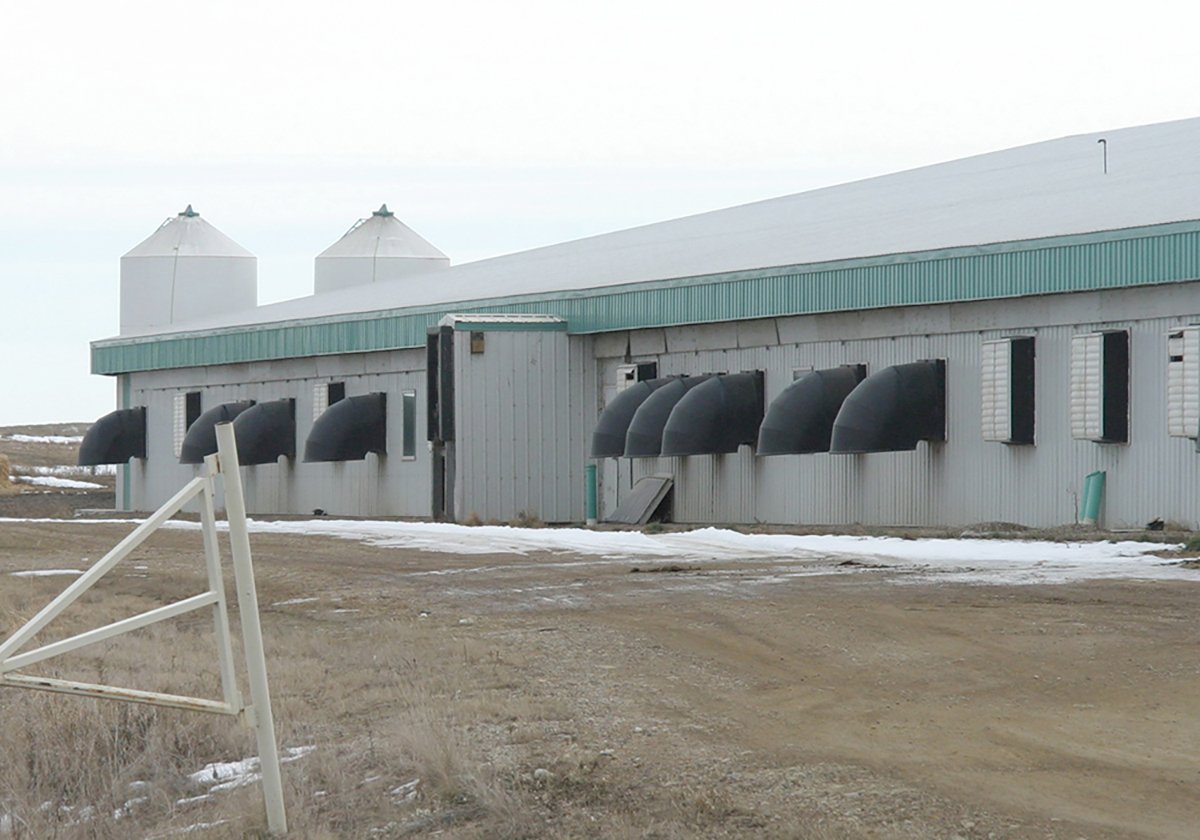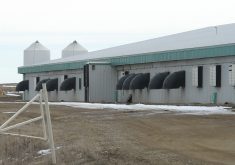Canada will have to import millions of litres of ethanol to meet the looming national mandate because not enough plants were built in the West, the Canadian Renewable Fuels Association says.
Ethanol produced in the United States and Brazil will be brought in to help fill the five percent mandate scheduled to take effect Sept. 1, 2010.
That means product made from U.S. corn and Brazilian sugar cane will be taking the place of ethanol made from Canadian corn and wheat.
Richard Phillips, executive director of Grain Growers of Canada, isn’t too upset by the expected shortfall. It is preferable to the overbuilding that happened in the United States, which led to financial challenges south of the border.
Read Also

Prairie farms race to be ready for winter 2025
Equipment needs to be winterized and stored; fall field work needs to be done and there are a million tiny jobs to make sure both the farm yard and farm house are ready for the snow to fly
“It’s always better to be a little bit short in the marketplace than oversupply too much,” he said.
Phillips said corn growers have invested a lot into ethanol and that has provided a stronger base for North American corn prices.
The economics of wheat ethanol aren’t as promising, which is why most of the shortfall in meeting the mandate has occurred in the West.
Canada’s mandate is expected to create an annual market for two billion litres of ethanol.
Current capacity is 1.37 billion litres, with another 300 to 500 million litres either planned or under construction.
Gordon Quaiattini, president of the Canadian Renewable Fuels Ass-ociation, said there will likely be 1.7 to 1.8 billion litres of capacity during the first compliance period, which lasts from Sept. 1, 2010, through the end of 2011.
That means 200 to 300 million litres of ethanol will have to be imported to comply with the legislation.
“It’s not a big gap. The vast majority of this mandate is going to be sourced by Canadian ethanol,” Quaiattini said.
He blamed the shortfall in Canadian production on poorly co-ordinated government incentives and the global economic downturn.
“The ability to raise some of that capital was challenging,” he said.
Plant construction in Western Canada has been particularly disappointing.
In Ontario, there is more than enough capacity to meet the provincial mandate. It’s a different story in the West.
Alberta introduced its $239 million Nine-Point Bio-Energy Plan in 2006, but it hasn’t been well used, partially because it came out four years before the province’s five percent mandate for ethanol and two percent mandate for biodiesel are scheduled to be implemented.
Quaiattini said the $209 million producer credit portion of the program was flawed. Those problems have been fixed but the program is set to expire in 2011 and Alberta has one 40 million litre ethanol plant to show for it.
“We’re asking the Alberta gover-nment to think about extending the (deadline)” he said.
Construction in Saskatchewan has also been less than expected. The province has two large plants and two small ones.
Quaiattini said two proposed plants experienced trouble raising producer equity.
Ensask Biofuels Ltd., a 104 million litre wheat ethanol project planned for Tisdale, Sask., and Gardiner Dam Agri-Energy Ltd., a 95 million litre plant to be built in Strongfield, Sask., both fell through.
“Those were two significant projects that didn’t go forward,” he said.
“There you go. There’s your short-fall.”















